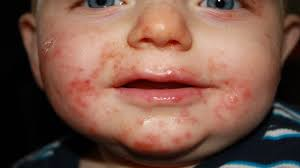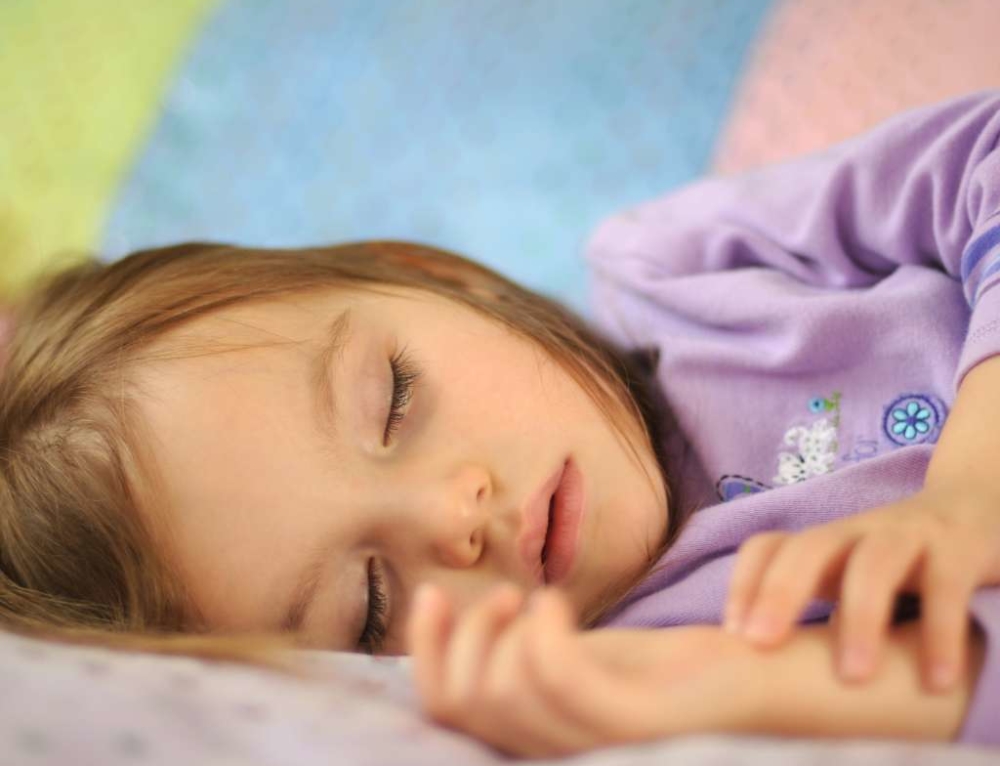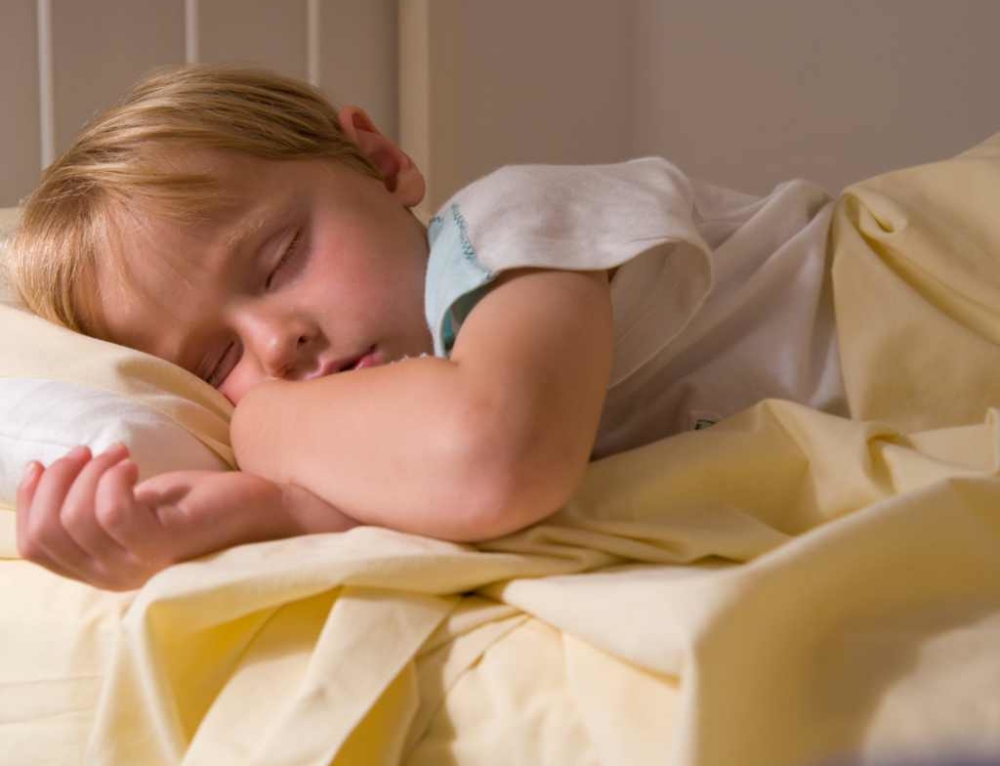Hand, foot and mouth disease is also known as coxsackievirus infections. It is most common in children under 10 years old, but can occur at any age. It is easy to identify by its tell-tale mouth sores and rash on the feet and hands.
What causes it?
Hand, foot and mouth disease infections are caused by an enterovirus. Enteroviruses are extremely common; in fact they are second only to common cold viruses. Hand, foot, and mouth disease spreads through contact with an infected person, or through contact with the secretions of an infected person. It appears most often in warm weather – usually summer or autumn months.
Is it serious?
Most hand, foot and mouth disease infections are not serious and resolve themselves with little or no treatment in about a week to ten days. Severe hand, foot, and mouth disease can lead to meningitis, but this is very rare.
Can I prevent it?
Like any virus, it is best prevented through proper hygiene by teaching kids to wash their hands with soap and water. Avoid exposure to other children who have the virus and notify your child’s school or child care centre if your child is diagnosed with the virus, to avoid spreading it to other children. Hand, foot and mouth disease tends to spread quickly in child care situations.
Hand, foot and mouth disease is spread by coughing or sneezing, or by contact with muscus, salvia, blisters or bowel movements of someone that already has the infection.
How do I know if my child has hand, foot and mouth disease?
Older children and adults may breeze through a bout of hand, foot and mouth disease with few, if any, symptoms. The virus is most common in children under ten. Children who contract the virus may display some or all of the following symptoms:
- Fever
- Mouth sores that turn into ulcers
- Rash on the soles of the feet and palms of the hand
- Sore throat
- Joint pain
- Headache
- Loss of appetite
- Children wearing nappies may also experience the rash on their bottom
How do I treat hand, foot and mouth disease?
For the most part, you don’t need to do anything if your child has hand, foot and mouth disease, other than make him comfortable and avoid spreading the virus to other children. Keep him home from school or child care until the blisters heal over. You can give him paracetamol for the fever or minor aches that may accompany the virus. Make sure that he gets lots of rest and fluids.
If your child’s mouth is sore avoid sour, salty and spicy foods.
Should I call the doctor?
Call the doctor if your child experiences an unusually high fever, or has joint pain and/or bad headaches. These may be signs that his illness needs medical treatment.
What you need to know about hand, foot and mouth disease
- It is also known as coxsackievirus infection.
- Hand, foot and mouth disease infections are very common, second only to the common cold.
- Hand, foot and mouth disease infections are most common in children under age ten.
- Good hand washing and proper hygiene can prevent hand, foot and mouth disease.
- Treat the discomfort associated with hand, foot and mouth disease infections with paracetamol.
- Call your doctor if you child has a high fever, joint pain, or bad headaches.







Leave A Comment
You must be logged in to post a comment.